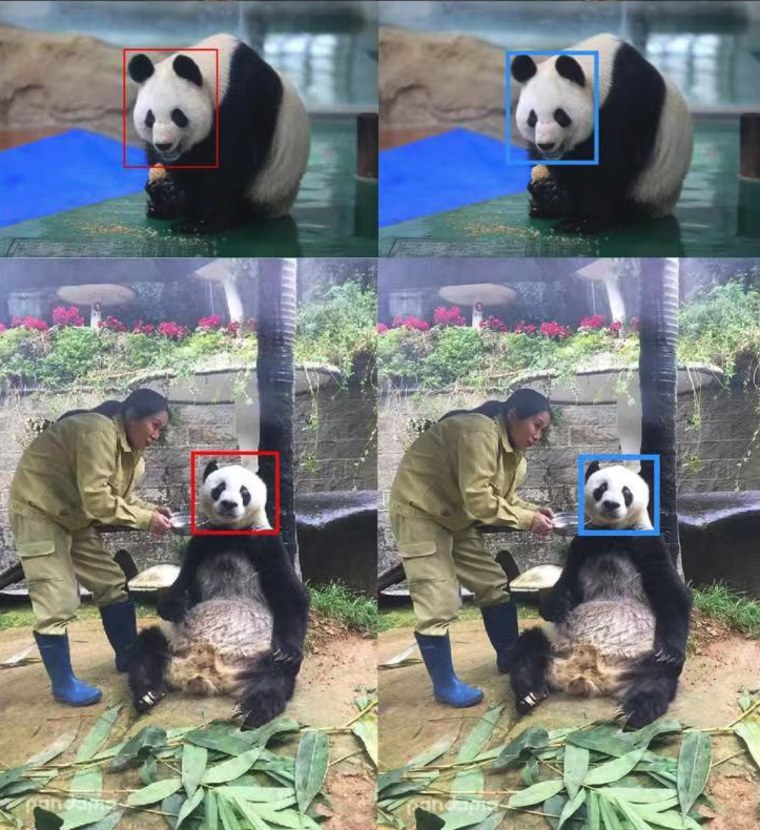Pandas’ furry faces make it hard for scientists to tell them apart. AI facial recognition might help change that.
[ad_1]
They are greatly liked for their plumpness and clumsy antics, but huge pandas lack distinguishable facial options, producing it tough for researchers and keepers to explain to them apart and thus preserve track of them.
Now scientists at the Chengdu Research Foundation of Huge Panda Breeding in China have pioneered new technology that employs synthetic intelligence to identify the creatures, allowing them to monitor the animals both equally inside the sanctuary and in the wild.
Facial recognition know-how applied on people and other animals this kind of as chimpanzees is not nuanced ample to establish the large pandas, which are regarded a nationwide image of China.
“They deficiency a distinguishable biological attribute,” Chen Peng, a researcher at the Chengdu base, explained to NBC News in early July. This is due in portion simply because of their furry faces and absence of facial expressions.
Panda identification is turning out to be easier thanks to a increasing databases of images and films that have been analyzed in the latest many years to detect slight discrepancies concerning the animals. Greater recognizing individual pandas — and consequently far better knowing panda populations — can enable with conservation, researchers say.
The use of AI know-how can also decrease the human time and labor required to analyze the pandas, who typically dwell on your own and are scattered all over huge bamboo forests.

Around 200,000 photographs and 10 terabytes of video information have been gathered from above 600 pandas, both equally residing and deceased, at the Chengdu research foundation so far.
Provided that giant pandas primarily try to eat and slumber, preserving tabs on them is far from thrilling.
On the other hand, that could well be the attraction for the tens of millions of people today across the world who tune into the investigation base’s on the internet system to observe the animals.
The livestream had far more than 68.5 million followers as of early July, with the substantial vast majority looking at from the U.S., adopted by Japan and Britain.
Many pandas have their very own dedicated enthusiast groups, produced much easier with a facial recognition app for pandas developed with information from the AI databases.
Zhan Zilin, 5, visited the Chengdu enclosure in early July to see her beloved panda, Dudu. “I really like pandas due to the fact they are so sweet,” she mentioned.
Chen claimed his staff was working to expand the tracking technological innovation to observe other endangered species in the wild.
“We would like to use related AI technological know-how to the clever monitoring of animals,” he mentioned.
China has made significant development in huge panda conservation, with officials reclassifying the formerly endangered species as “vulnerable” very last yr.
Extra than 600 dwell in captivity about the environment, even though all over 1,800 live in the wild.
“We are all silently protecting them,” Chen explained.
[ad_2]
Source connection







